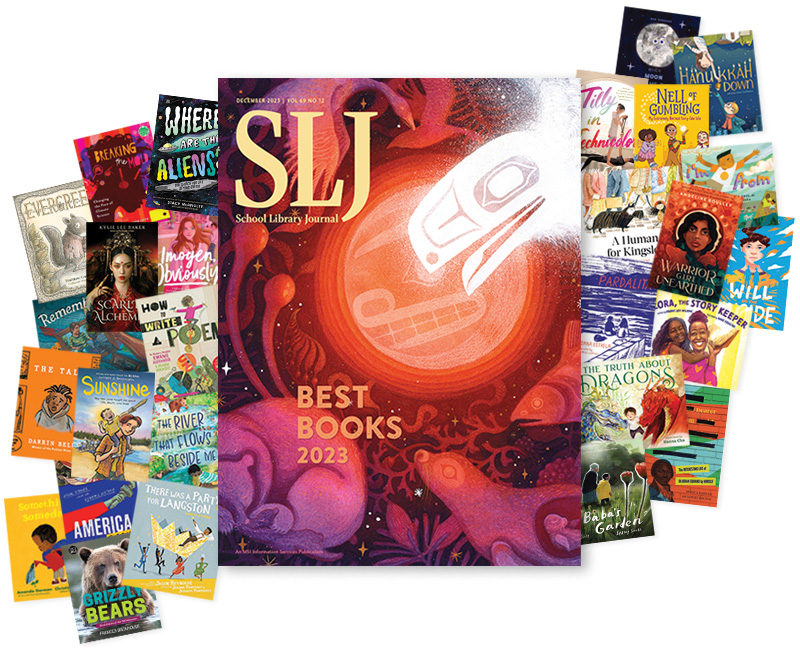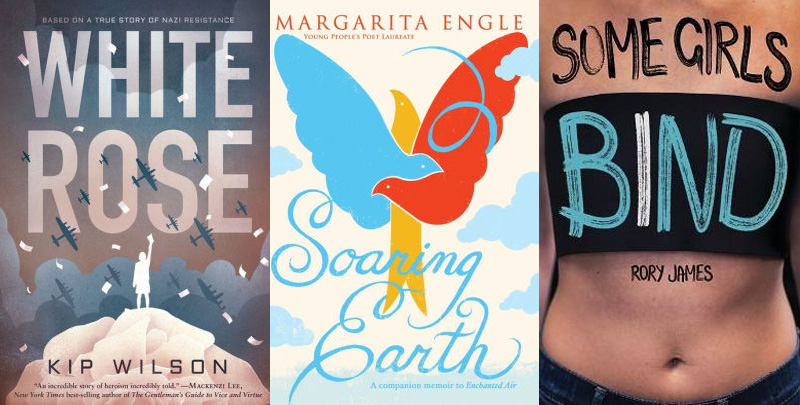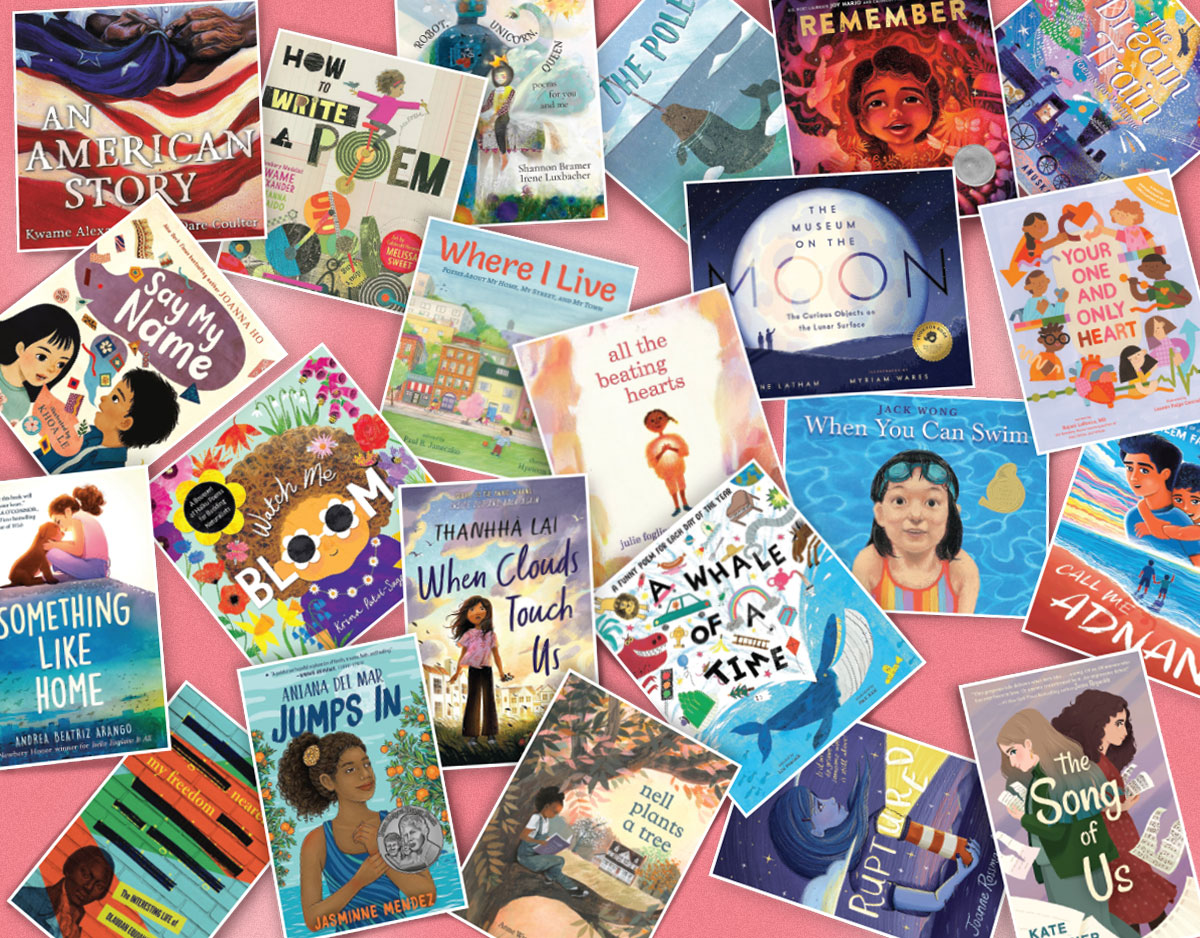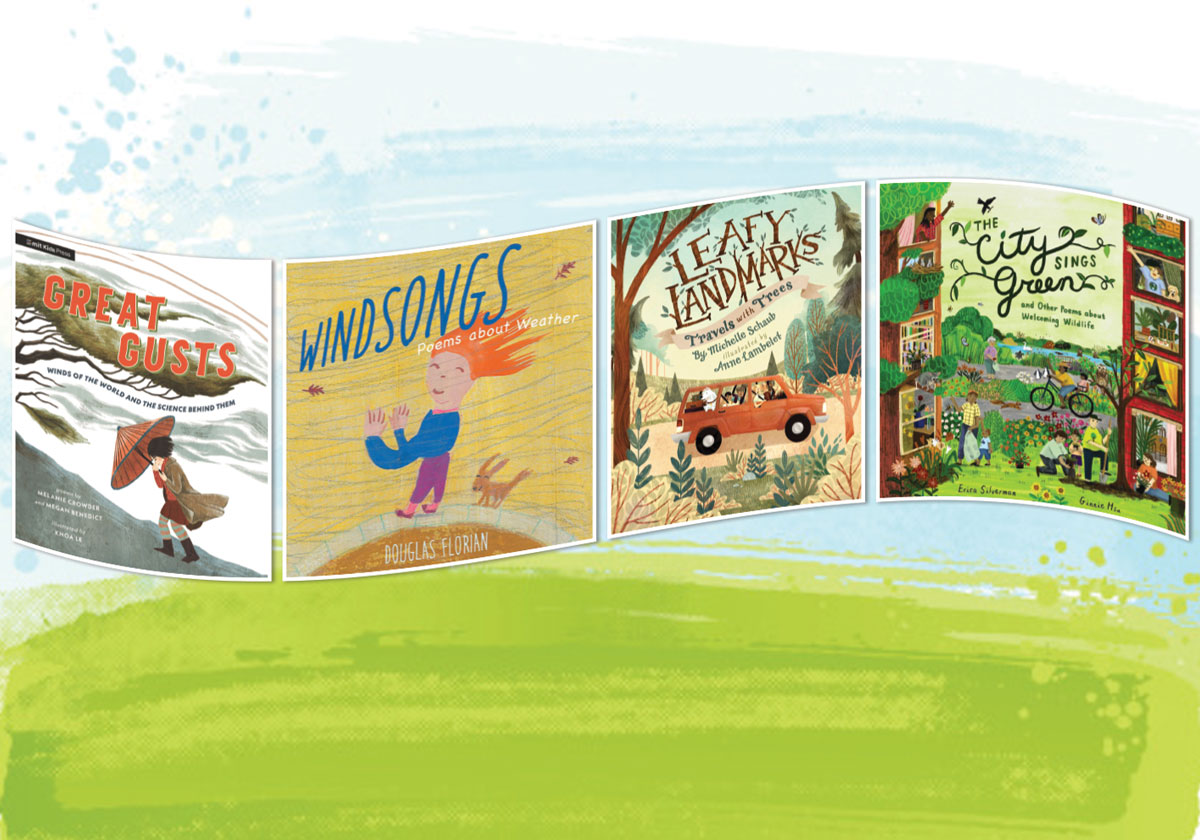2012 Theodor Seuss Geisel Award Winner: Tales for Very Picky Eaters
Tales for Very Picky Eaters
Written and Illustrated by Josh Schneider
Published by Clarion Books, 2011
ISBN # 978-0547149561
Grades K – 3
Teaching Invitations
Grades K and up
- “Repulsive Foods” Festival. Although James doesn’t like broccoli, lasagna, oatmeal, milk, and eggs, many children do. Moreover, these foods are found in lots of yummy recipes that the same children who blanch at them would devour in a heartbeat. Invite students to bring in their favorite dishes using some of the foods in the book. Or invite them to bring the recipes and if they’re easy enough, have your students make them in class.
- Nutrition. Why do adults want children to eat these foods anyway? Use Tales for Very Picky Eaters to engage your students in a study about nutrition. Where do these foods fit in the food pyramid? What nutritional value do they have? Are there other foods (or combinations of foods) that provide the same nutritional benefit as the ones that James resists that his father could offer him instead? Refer to some of the websites and books listed in Further Explorations, and encourage students to create informational texts about nutrition.
- Grammar Wordplay. Schneider plays with the fact that many words in the English language serve multiple grammatical purposes. For example, sweat is both a noun and a verb. Encourage students to look through this book and others to identify such puns and wordplay. After discussing the phrases and sentences they find, have students try their own hand at playing with words that serve various syntactical purposes in their own writing.
Grades 2 and up
- Tall Tales Genre Study. James’s father tells some pretty tall tales to convince James to eat his food. Engage students in a genre study of tall tales, exploring key characteristics of the genre by reading a variety of samples (see Books under Further Explorations). Then invite them to write, storytell, or digitally storytell a tall tale of their own.
- Rhetoric for Young Children. Much of the book’s charm lies in the persuasive techniques James’s father employs to convince his son to eat his food. With your students, discuss the different approaches that are taken. You might want to refer to the article “Argue with Me!” linked below to read about how to help children argue thoughtfully and effectively. Have students practice their rhetoric skills with each other through mini-debates, and eventually a class debate. You might even have them construct effective arguments that James could use to convince his father that he shouldn’t eat broccoli or mushroom lasagna after all.
Critical Literacy
- Waste Not, Want Not. Although this book takes an amusing approach to children’s picky eating preferences, the reality is that many children do not have the luxury of being selective with food. For many children across the world and even in their own communities, making sure there is enough food to eat is the mealtime challenge. How might the tales in this book be reimagined to present the lived experiences of different children? You may want to pair books about picky eaters and about hunger listed in Further Explorations below into text sets that highlight this contrast.
Further Explorations
Online Resources
Theodor Seuss Geisel Award – American Library Association
http://www.ala.org/alsc/awardsgrants/bookmedia/geiselaward
KidsHealth
http://www.kidshealth.org
Children’s Nutrition: 10 Tips for Picky Eaters – Mayo Clinic
http://www.mayoclinic.com/health/childrens-health/HQ01107
Animated Tall Tales – Kidoons Network
http://www.animatedtalltales.com
American Folklore Collection of Tall Tales
http://americanfolklore.net/folklore/tall-tales
Thundering Tall Tales Lesson – readwritethink.org
http://www.readwritethink.org/classroom-resources/lesson-plans/thundering-tall-tales-using-327.html
Word Play – PBS Kids Between the Lions
http://pbskids.org/lions/games/wordplay.html
Fun With Words: The Word Play Website
http://www.fun-with-words.com
“Argue with Me!” – article on rhetoric for kids published in Disney’s Wondertime Magazine
http://wondertime.go.com/parent-to-parent/article/why-kids-should-talk-back.html
Heifer Project International
www.heifer.org/
Books
Child, Lauren. (2003). I will never not ever eat a tomato. Somerville, MA: Candlewick Press.
- Part of the Charlie and Lola beginning reader series, this book similarly applies imaginative acts of persuasion to get little Lola to eat her dinner.
Disalvo-Ryan, Dyanne. (1997). Uncle Willie and the soup kitchen. New York: Mulberry Books.
- A young boy visits and assists at an urban soup kitchen.
Gibbons, Gail. (2008). The vegetables we eat. Holiday House.
- A vibrant informational picture book about the many vegetables we eat.
Hoover, Suzanne Bame. (1995). Faith the cow. XXX: Brethren Press.
- A picture book about the story of the first cow supplied to hungry families through the Heifer Project International.
Kellog, Steven. (1985). Paul Bunyan. New York: HarperCollins.
- A celebrated tall tale retelling of the famous giant lumberjack of American folklore.
Kelloog, Steven (1992). Pecos Bill. New York: HarperCollins.
- A delightful picture book telling the tall tale of the famous Texan cowboy hero.
Milway, Katie Smith. (2010). The good garden: How one family went from hunger to having enough. Toronto, Canada: Kids Can Press.
- A moving picture book based on the true story of a poor Honduran farming family that learns to transform its meager crops through sustainable farming into enough food to meets its needs.
McBrier, Page. (2004). Beatrice’s goat. New York: Aladdin.
- The story of how the gift of a goat to an impoverished family in Africa helps to change their fortune and opportunities.
Naylor, Phyllis Reynolds. (2010). Emily’s fortune. New York: Delacorte Press.
- A lively and comical tall tale chapter book set in the Wild West, complete with scoundrels, stagecoaches, and of course fortune. (See our entry on Emily’s Fortune at http://classroombookshelf.blogspot.com/2010/11/emilys-fortune.html)
Rosen, Michael J. (2004). The greatest table: A banquet to fight against hunger. New York: Harcourt Brace.
- An accordion book that fold outs to resemble a long banquet table and details a meal that is illustrated by well-known illstrators on each page. Royalties from this book go to Share Our Strength, a non-profit dedicated to fighting world hunger.
Rosenthal, Amy Krause. (2005). Little pea. Ill. by Jen Corace. San Francisco: Chronicle Books.
- A playful picture book about a pea who won’t get to eat any vegetables if he doesn’t eat all his desserts first.
Sayre, April Pulley. (2011). Rah, rah, radishes! A vegetable chant. New York: Beach Lane Books.
- A rousing poetic celebration of vegetables. See our entry on Rah, rah, radishes at http://classroombookshelf.blogspot.com/2011/10/rah-rah-radishes-vegetable-chant.html).
Sharmat, Mitchell. (2009). Gregory, the terrible eater. New York: Scholastic.
- A humorous tale about a goat with unique eating preferences.
Wisniewski, David. (2001). The secret knowledge of grown-ups, New York: HarperCollins.
- A farcical explanation of the real reasons adults tell children to eat their vegetables, comb their hair, and do lots of seemingly unreasonable things.
Wisniewski, David. (2001). The secret knowledge of grown-ups: The second file. New York: HarperCollins.
- A witty and irresistible sequel to a book that facetiously explains the rationales behind adults’ commands to children.
Filed under: Awards, Beginner Readers, Fiction
About Grace Enriquez
Grace is an associate professor of language and literacy at Lesley University. A former English Language Arts teacher, reading specialist, and literacy consultant, she teaches and writes about children’s literature, critical literacies, and literacies and embodiment. Grace is co-author of The Reading Turn-Around and co-editor of Literacies, Learning, and the Body.
ADVERTISEMENT
ADVERTISEMENT
SLJ Blog Network
One Star Review, Guess Who? (#211)
Free Piano (Not Haunted): A Cover Reveal and Q&A with Whitney Gardner
Kevin McCloskey on ‘Lefty’ | Review and Drawn Response
Notable NON-Newbery Winners: Waiting for Gold?
The Seven Bills That Will Safeguard the Future of School Librarianship
Take Five: Newbery Picks, Part Two
Gayle Forman Visits The Yarn!
ADVERTISEMENT








Boy, do I have a grandson who's a very picky eater. Maybe I should send him this? Thanks for your very thorough review & added ideas.
Our pleasure, Linda! Please let us know how your grandson likes the book!